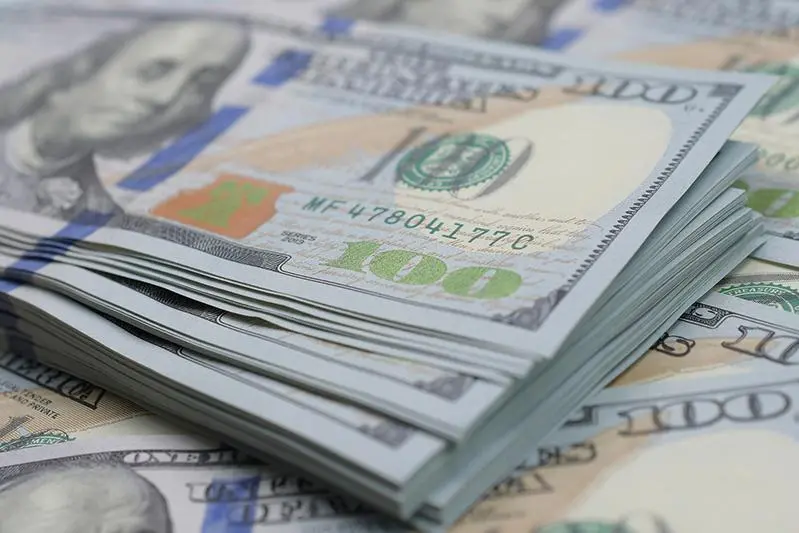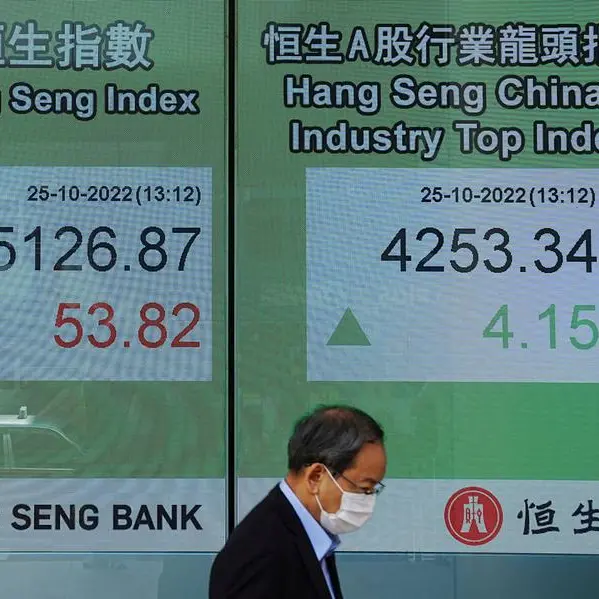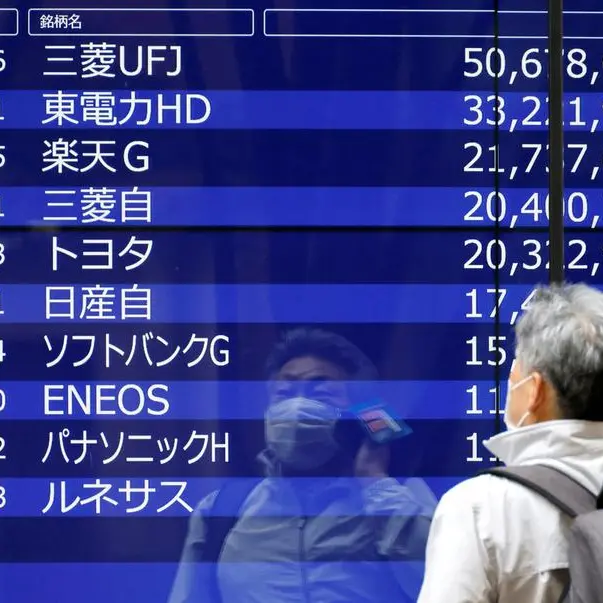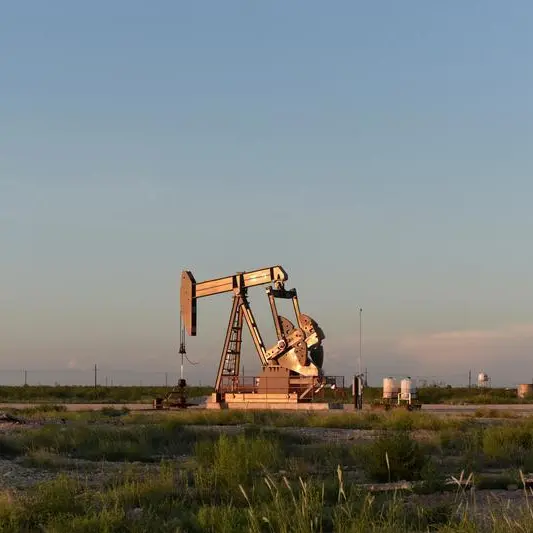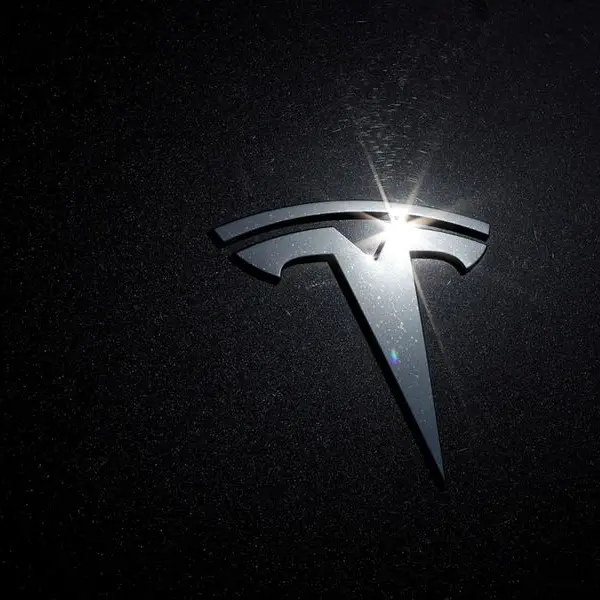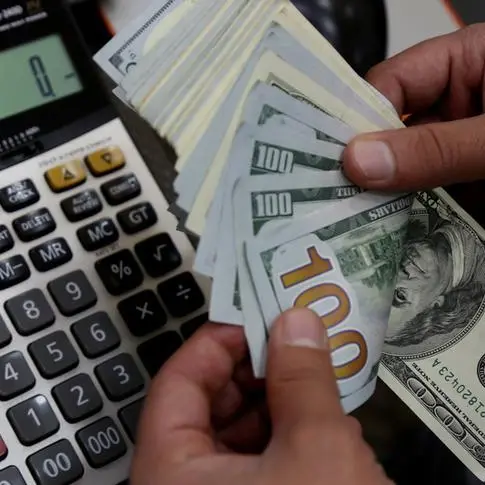PHOTO
Middle East debt markets were buoyant in 2021 as governments and state-linked entities borrowed in large quantities ahead of likely interest rate increases next year.
In December, the US Federal Reserve said it would raise rates by 0.25 percentage points three times in 2022. With most Gulf Cooperation Council (GCC) currencies pegged to the dollar, the region must follow US interest rate changes, and though the Kuwaiti dinar is not directly pegged to the dollar, it is linked to a basket of currencies in which the greenback nevertheless has a large weighting.
In the first half of 2021, entities in the Middle East and Turkey issued $152 billion in high yield and investment-grade bonds and leveraged and non-leveraged loans, according to a September report by law firm White & Case. By comparison, $106.6 billion was issued in the preceding six months.
“Gulf sovereigns have developed very good access to debt markets over the past few years,” said Michael Grifferty, President of the Gulf Bond and Sukuk Association. “The market has been receptive. Historically, Gulf issuers have provided good value for investors. Issuance this year and in 2020 was both strategic and opportunistic as they sought to take advantage of historically low interest rates and market windows.”
Global sukuk issuance was $147 billion in the first nine months of 2021, and Refinitiv forecasts that it will likely reach a record high of $180 billion. Excluding Malaysia, Turkey, and Indonesia from the nine-month data, total issuance was $66 billion (p5). Saudi Arabia’s $32 billion made it the Middle East’s top issuer, followed by Kuwait’s $9 billion.
“Sukuk issuance is down this year in the Gulf but up slightly in Southeast Asia, and that’s driven by the oil price recovering, and many Gulf economies are doing better as they emerge from the pandemic,” said Gregory Man, Partner and Global Head of Islamic Finance at Bird & Bird. “But at the same time, many of the Gulf sovereigns are still borrowing in order to fund their economic diversification efforts.”
In September, state-controlled Saudi Aramco raised $6 billion in the world’s largest dollar-denominated corporate sukuk, comprising three tranches of three, five and 10 years, and which will provide profit rates of 0.95 to 2.69 percent. It attracted orders of more than $60 billion.
“Cost of issuance, time to market and complexity remain a drag on sukuk issuance volumes from the region, particularly from conventional entities and non-Islamic banks, which can issue bonds instead,” said Grifferty.
Gregory Man described corporate sukuk issuance as muted in 2020 and 2021, as companies sought to conserve cash and weather the pandemic, deferring a lot of capital expenditure. “As economies reopen further, companies should restart their capital expenditure and therefore their borrowing too,” he said.
Saudi Arabia had sold $9.75 billion of bonds and sukuk in 2021 as of November 9, down from $12 billion for the whole of 2020, while in October the United Arab Emirates completed its first federal sovereign bond issuance. Comprising 10-, 20- and 40-year tranches, the $4 billion offering was oversubscribed several times over.
Among investors, 61 percent of the 10-year tranche allocation went to investors outside the Middle East, with 74 percent for the 20-year tranche and 95 percent for the 40-year tranche, the so-called Formosa bond, which was dual-listed on Taiwan´s bourse.
“Markets have been receptive, in part because of the good job that the governments and the debt managers have done in communicating with them,” said Grifferty. “Index inclusion has brought in new funds to the region. The need to issue to sovereign debt is now somewhat reduced, but we hope issuers will maintain a presence in the market, not just for refinancing but to maintain their yield curves.”
Robert Mogielnicki, Senior Resident Scholar at The Arab Gulf States Institute in Washington, noted in an October report that Abu Dhabi and Qatar, which have stellar credit ratings, can access cheap debt opportunistically.
A month earlier, Abu Dhabi issued $3 billion of bonds, having sold a $2 billion, seven-year bond in June. State-owned Qatar Petroleum, part of Qatar Energy, sold $12.5 billion of bonds in July. The four tranches have tenors of five to 30 years, paying coupons of 1.38 to 3.3 percent. The bonds attracted orders worth more than $40 billion. Kuwait has not issued any sovereign international debt since 2017 due to an impasse between parliament and the government.
“The total list of Gulf bond issuers over the past years is impressive, but the loan market and other forms of financing have come back strong in 2021,” said Grifferty.
According to Mogielnicki, bond issuances will remain a central feature of the political economy of the GCC. “But the urgency for most Gulf governments to raise funding from international capital markets has diminished,” he noted. “Another sustained slide in oil prices, however, would renew pressure on government finances and likely increase the need for debt issuances.”
(Reporting by Matt Smith; editing by Seban Scaria)
Disclaimer: This article is provided for informational purposes only. The content does not provide tax, legal or investment advice or opinion regarding the suitability, value or profitability of any particular security, portfolio or investment strategy. Read our full disclaimer policy here.
© ZAWYA 2022
